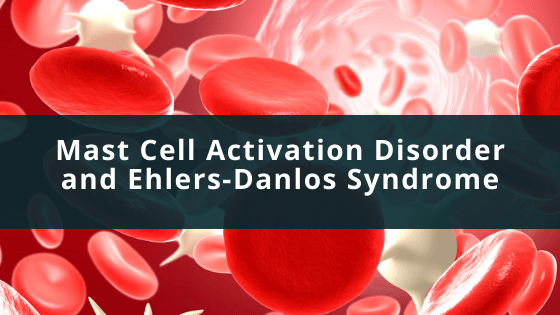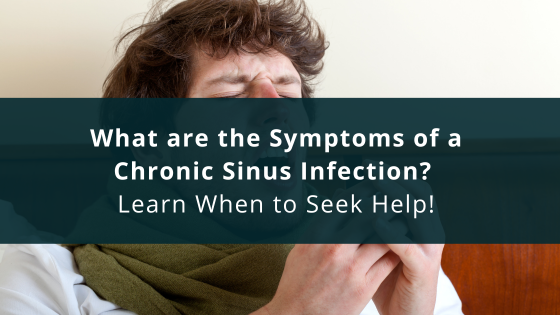Mast cells (MC) are white blood cells that are found in connective tissues throughout the body such as under skin, blood vessels, nerves, and intestines. They are involved in the body’s innate immune system and release various signaling molecules such as histamine, cytokines, and growth factors upon stimulation. They are also involved in the allergic response, nerve disorders, and connective tissue defects. Overstimulation of mast cells result in abdominal cramps, nausea, diarrhea, and low blood pressure. In the connective tissues, MCs are found near peripheral nerves and blood vessels, allowing them to modulate sympathetic activity and blood vessel formation.
Mast cell activation disorder (MCAD) occurs when there is an increase of mast cell quantity or activity. Diagnosis of MCAD can vary due to the fact that it is presented in various organ systems. For example in the skin, MCAD can manifest as flushing, pruritus, or urticaria. In the GI tract symptoms include cramping, diarrhea, and reflux. In the neuromuscular tissues, symptoms include bone fractures, headache, and osteoporosis. In the cardiovascular system, symptoms include tachycardia and hypertension. Certain biomarkers used to evaluate MC activity include serum tryptase and urinary histamine.
As mentioned in the previous post, Ehlers-Danlos Syndrome (EDS) is a broad spectrum connective tissue disorder, characterized by joint hypermobility, skin hyperextensibility, and tissue fragility. In a 2013 study, patients with the hyper mobile subtype (hEDS) showed symptoms of MC degranulation such as asthma or acute allergic reactions. It is worth mentioning that these patients in the study did not have abnormally high serum tryptase or histamine, but when administered MC antagonists, the patients responded favorably. In a 2017 study, researchers believed that the migration and differentiation of mast cell progenitors and mediators are influenced by the extracellular matrix, the non-cellular component present within all tissues and organs. Because EDS is a connective tissue disorder that originates in the extracellular matrix, it has been hypothesized that mast cell dysfunction is associated with EDS. Because researchers used small case studies to assess their findings, the scientific evidence for the association between MCAD and EDS is not strong.
Another condition associated with hEDS is postural orthostatic tachycardia syndrome (POTS), which occurs when a change from lying down to standing up is accompanied by a significant heart rate increase and lightheadedness and brain fog. It is generally diagnosed with an increase of heart rate by at least 30 bpm in standing adults. The autonomic dysregulation symptoms of POTS and hEDS are similar as patients can report palpitations, lightheadedness, chest pain, and fainting. In a 2005 study, researchers discovered that in addition to POTS, a group of patients experienced flushing, shortness of breath, headaches, and gastrointestinal problems. This led the researchers to hypothesize that abnormal mast cell activation was involved in addition to POTS, and this group had significantly elevated urine methylhistamine, one of the biomarkers for MCAD. This led to the finding that MCAD can be associated with patients diagnosed with POTS who also have flushing symptoms. Management of POTS is complex due to the various manifestations, but fluid intake and aerobic exercise are recommended.
In 2015 a possible disease cluster was identified by researchers Cheung and Vadas involving MCAD, EDS, and POTS. Patients diagnosed with POTS and EDS were given a questionnaire, and it was found that 66% reported symptoms indicative of MCAD. Genomic analyses found that the duplications of the TPSAB1 gene encoding alpha-tryptase results in elevated serum tryptase levels, a marker for MCAD. Once again, the studies conducted include small sample sizes without control groups, and the effects of elevated serum tryptase are still heavily researched, so only a possible disease cluster can be inferred. A unique interdisciplinary approach amongst health care specialties (dermatology, neurology, cardiology, etc…) is recommended to treat patients experiencing multi-system disorders.
As can be seen there is a significant overlap with MCAD, EDS and POTS. It also appears that chronic inflammation is a contributing factor in the symptoms associated with these conditions. A common result of any type of physiological insult be it mold exposure, zoonotic infection, viral illness, like Covid-19 or physical injury there is an abnormal immunological response which triggers an abnormal inflammatory response to the insult leaving the patient with multiple symptoms due to multi-system involvement.
This is a relatively new field in medicine but it is generating significant interest. I will keep you updated any advancements that are made in this field.







